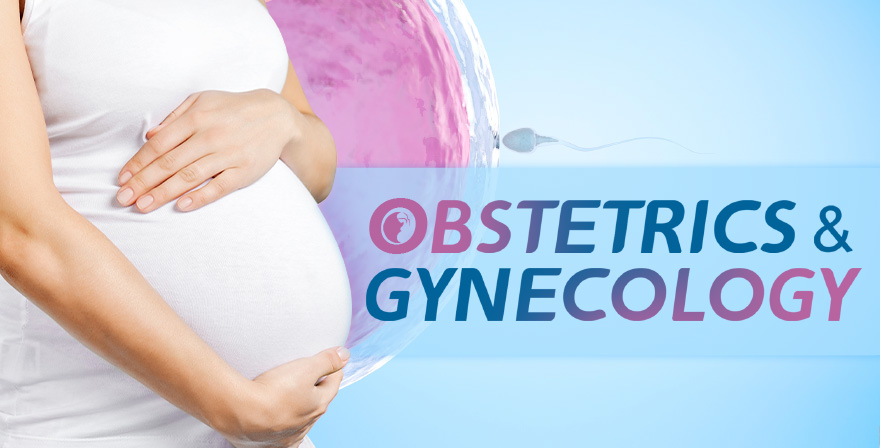第六章单元测试
- A-25-year old G4P1 woman comes to your office for contraceptive advice. Her menstrual cycle is 40-65 days accompanied by severe dysmenorrhea. She's not breast-feeding, no smoking, no cardiovascular disease. Which is the most suitable contraceptive methods? ( )
- A 28-year-old patient complains of amenorrhea after surgical abortion for early pregnancy. Which of the following is the most likely diagnosis? ( )
- A 26-year-old G2P0 woman with a history of 41 days of amenorrhea complains of vaginal spotting for 5 days and severe abdominal pain for 2 hours. On physical examination: BP 85/50mmHg, P 118bpm, T 37.4℃, abdominal tenderness (+), rebound tenderness (+). Pelvic examination reveals a painful right adnexal mass measuring approximately 5.0 cm in size. Complete blood count: Hb 65g/L,WBC 11.1×109/L,Plt 210×109/L. The useful auxiliary tests for diagnosis are ( ).
- The major causes of female infertility are anovulation, fallopian tube disease, pelvic adhesions, endometriosis, and unexplained infertility. ( )
- Many lifestyle factors and genetic factors determine the rate of follicular loss and the age at which serum FSH measured during menses begins to rise. ( )
A:Safe period B:Tubal sterilization C:Combined oral contraceptive pills D:Copper IUD E:Male condom
答案:Combined oral contraceptive pills
A:Asherman's syndrome B:Gonadal dysgenesis C:Kallmann syndrome D:Mayer-Rokitansky-Kiister-Hauser syndrome E:Sheehan's syndrome
A:Serum tumor marker B:Urine or serum hCG C:Culdocentesis D:Culture of cervical secretions E:Gynecological sonography
A:错 B:对
A:错 B:对
温馨提示支付 ¥3.00 元后可查看付费内容,请先翻页预览!
